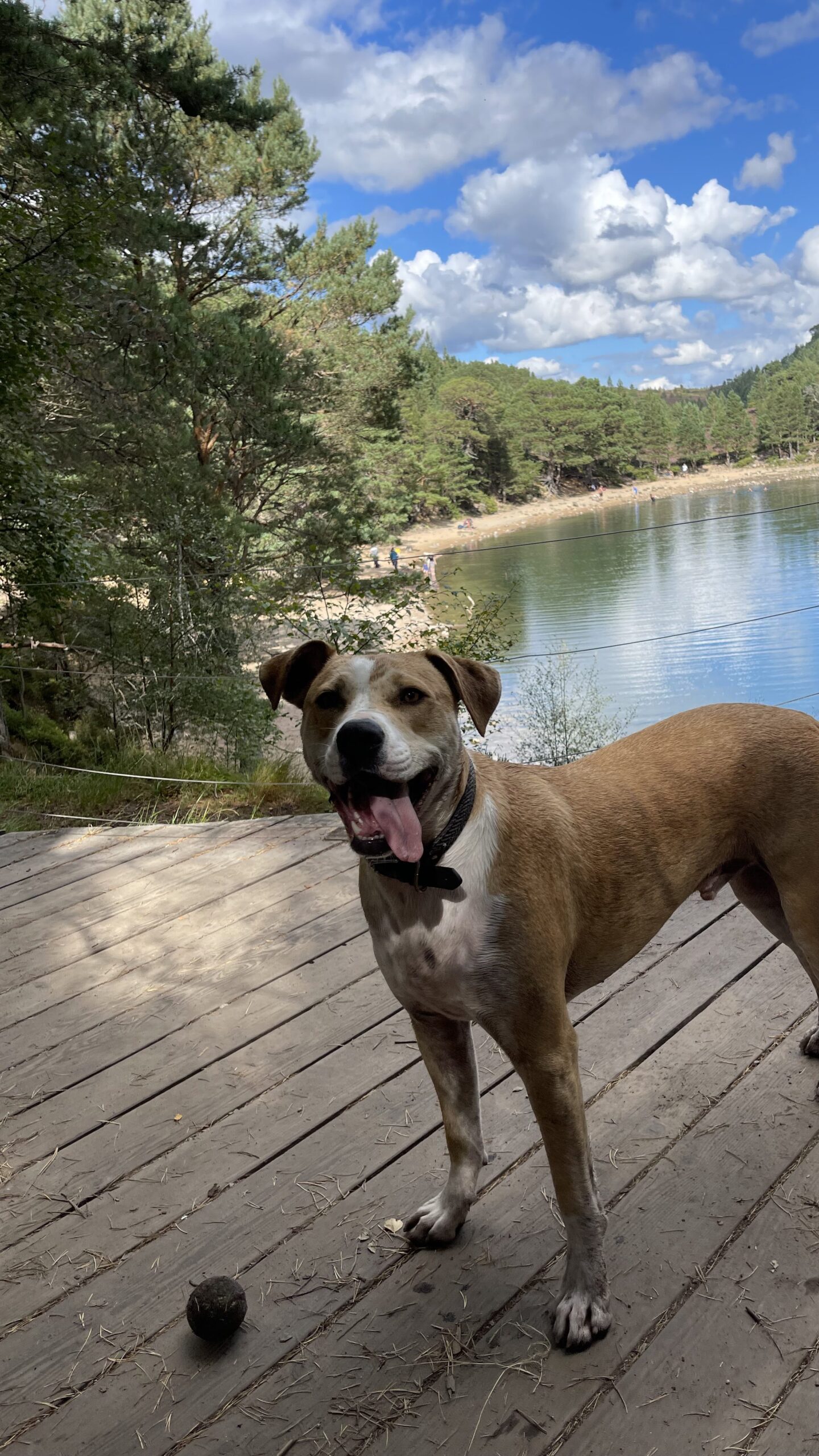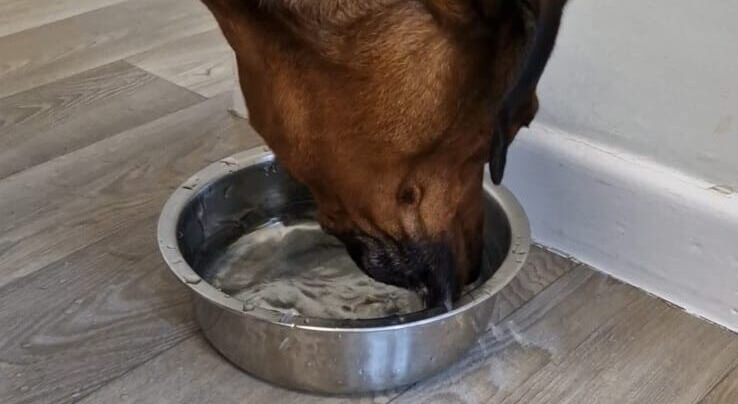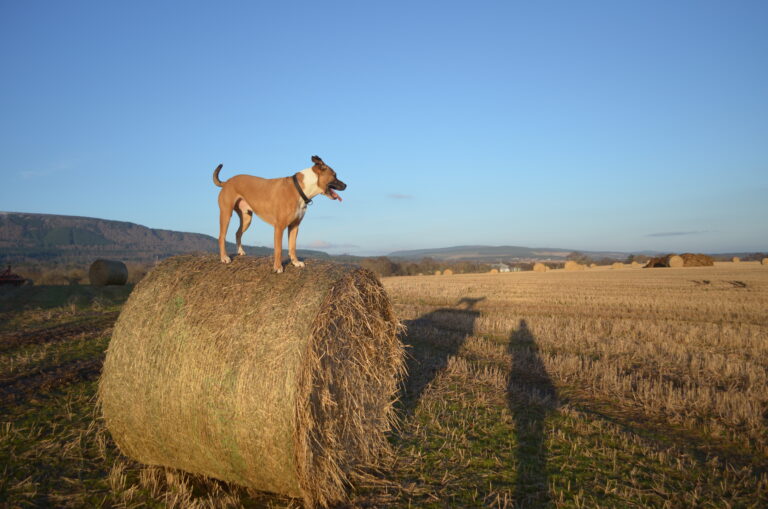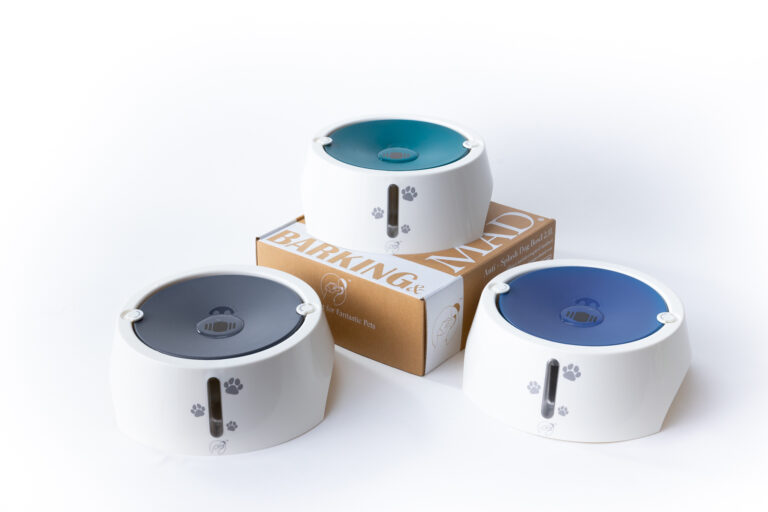Dog-Friendly Car Travel Tips: The Complete Guide to a Safe and Happy Trip
Introduction
Traveling with your dog can be amazing if you know how to do it. In this guide we will share our top tips to make your trip safe, comfortable and fun on the road. Whether you’re going for a short trip or a long car ride.
Here’s what we will cover based on my own experience.
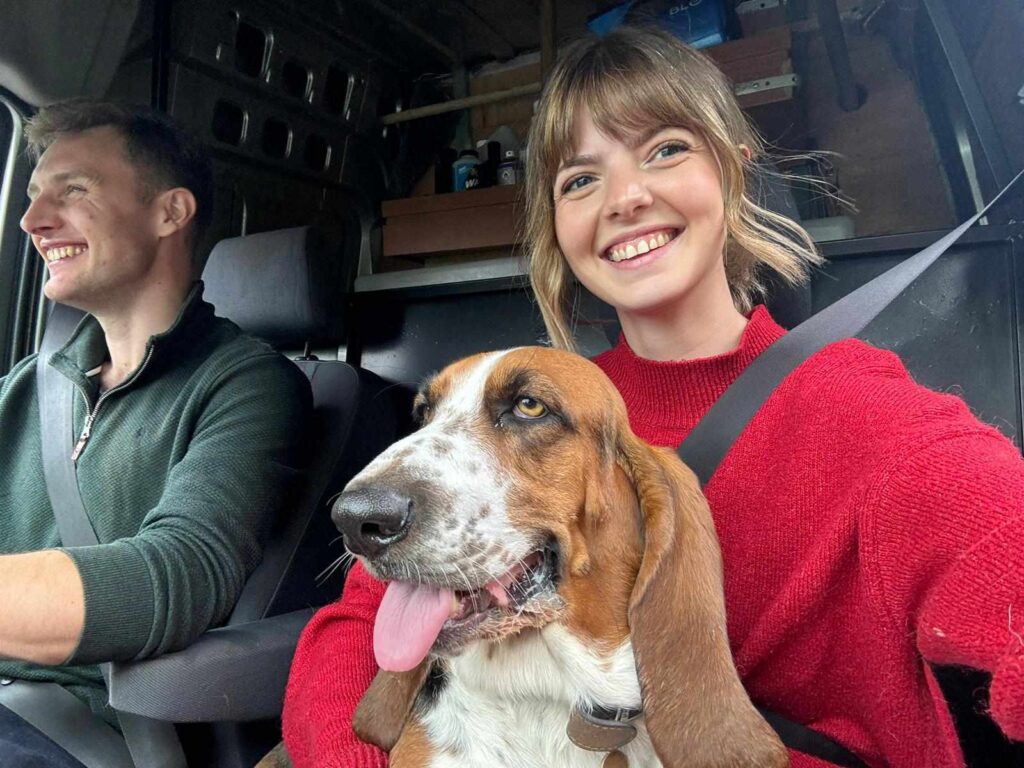
Me driving, (Author) Eve my Fiancé, and Bertie on her lap. Here we did a 1.5 hour drive across Cornwall – not the longest trip but a great photo!
Pre-Travel Preparations
Travel Gear: Having the right gear can make or break your trip. Must haves include a leash, harness, travel bowls and a pet carrier for small dogs. My Dad had an entire travel tray he made from an old water container, a massive thing to give plenty of space. He did this to not only stop the dogs from jumping through to the seats but also to keep the dog hair off the car seats!
Safety First: Using seat belts, harnesses or something like my dad’s travel tray for your dog’s safety. Dogs need to be secured in case of sudden stops or accidents. The highway code states that pets should be suitably restrained when in a vehicle.
On the road with Bertie
In the top photo – we had her on a lead attached to the seat belt. We wouldn’t have bothered for a 1.5 hour journey, but for anyone who’s been to Cornwall you’ll know that Cornish roads can be windy and have many blind corners!
Comfort Stops: Regular breaks for exercise and bathroom needs are a must. Plan to stop every 2-3 hours to let your dog stretch their legs, go to the loo and burn off some energy. On one of Eve’s longer trips these breaks were a lifesaver for Roxy, keeping her calm and happy throughout the journey.
Entertainment: Keeping your dog entertained will make the longer rides more fun. Bring along their favourite toys and chew items to keep them occupied. When we traveled with Cassy and Popcorn we brought most of their favourite toys, like a squeaky ball and a long lasting chew bone, for our drives.
Reducing Car Sickness for Dogs
Car sickness is common in dogs, especially puppies.
To reduce motion sickness start with short trips to help your dog get used to car travel. Don’t feed your dog before; a light meal a few hours beforehand is best.
Keep the car cool and well ventilated and have your dog face forward not looking out the side windows. Offer a favourite toy or blanket for comfort. If car sickness persists consult your vet about possible remedies or medication.
Traveling Up Front:
Bertie loves looking out at the road. We found this reduces travel sickness on the road and is a great entertainer!
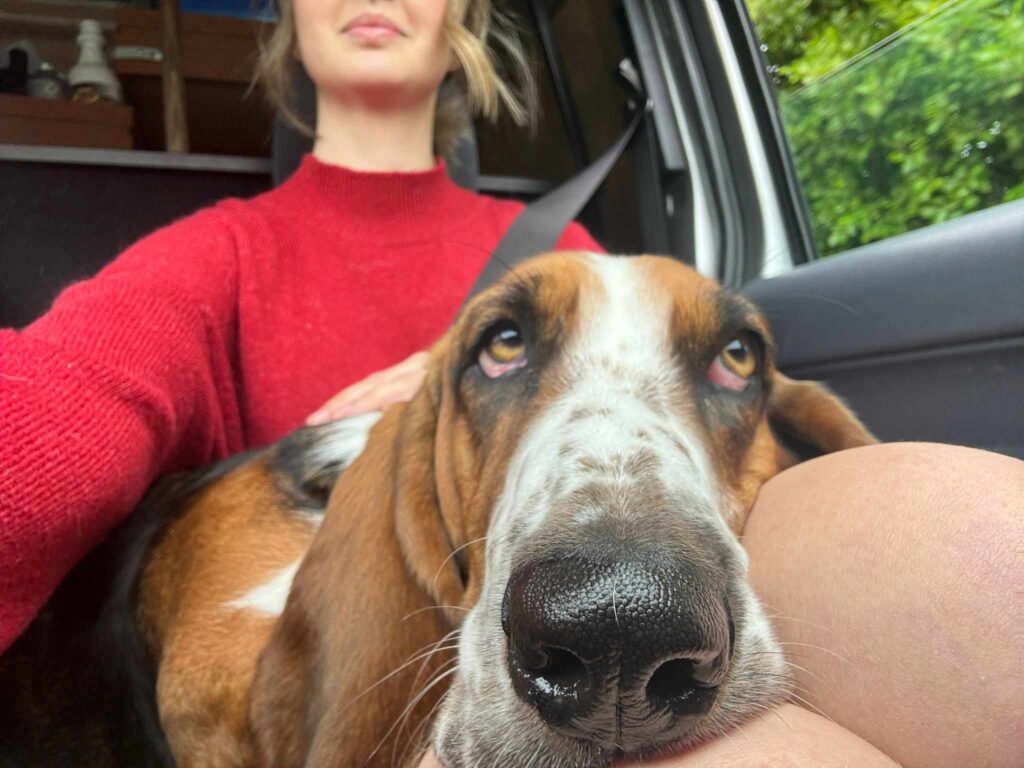
Creating a Safe and Comfortable Space
Dog Guards and Pet Carriers: A dog guard or pet carrier can help create a safe space for your dog.
A pet carrier is especially good for small dogs, they have a familiar and secure environment. For larger dogs a crash tested safety harness or dog cage will ensure they are restrained and safe in the car.
Back Seat Safety: If your dog travels in the back seat make sure they are secured with a seat belt harness or dog car harness.
This not only keeps your dog safe but also prevents them from becoming an unrestrained dog hazard in case of sudden stops or accidents.
Dogs should never be left unattended in a car in hot weather. The car should be kept cool with air con or by opening windows for fresh air.
Long Car Journeys: For long car journeys pack a travel gear checklist with essentials like a lead, water, food, a few treats and a health certificate if crossing state or country borders. Frequent breaks are needed for toilet breaks, exercise and to keep your dog comfortable and happy.
Preparing for Road Trips
Short Trips and Positive Associations: Start with short trips to help your dog get used to car travel. Use positive reinforcement and familiar smells to create positive associations with the car.
This can include bringing along their favourite blanket or toy. Gradually increase the duration of car rides to prepare for longer trips.
Dog Friendly Destinations: Plan your route with dog friendly destinations in mind. Look for pet friendly hotels, rest stops and parks where your dog can stretch and play. Having a GPS collar on your dog will give you peace of mind especially in unfamiliar areas.
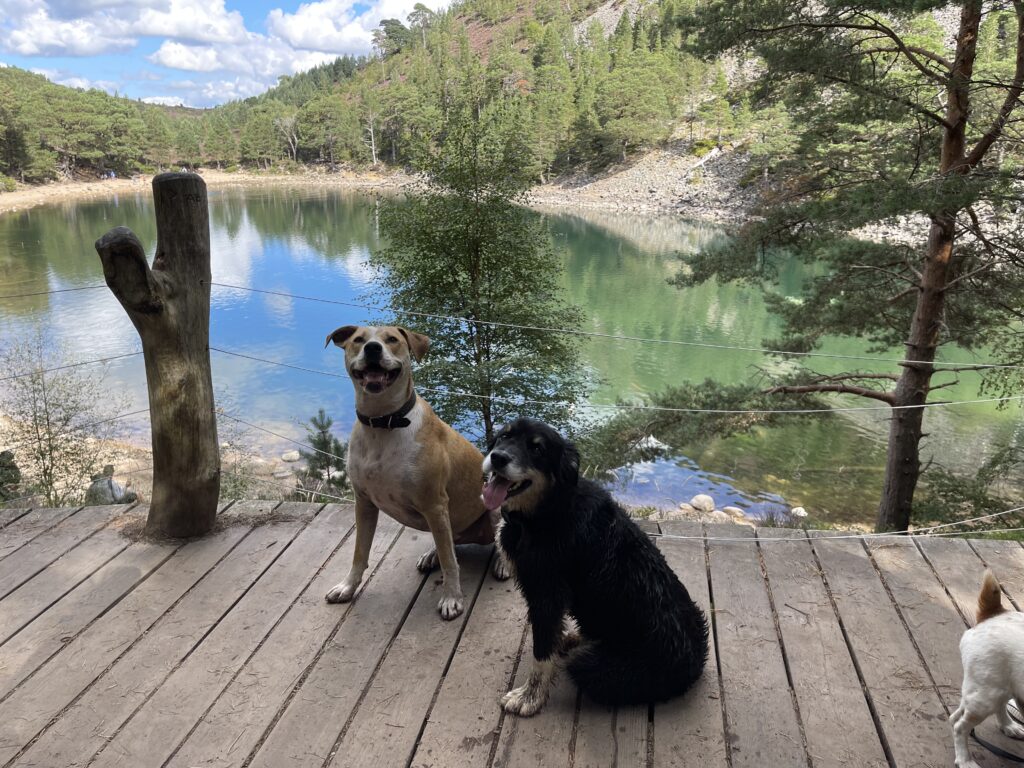
Pet Travel Safety: Your dog’s health is top priority during travel. Keep a health certificate from your vet especially for long trips or if you’re visiting family and other animals.
Keeping Your Dog Entertained on the Road
A Few Toys and Treats: Keeping your dog entertained on the road is the key to a smooth journey. Pack a few of their favourite toys and a few treats to keep them occupied.
Long lasting chew toys are especially good for longer journeys, they’ll keep them entertained and help relieve stress.
Familiar Smells and Comfort Items: Bringing familiar items from home will help reduce anxiety for your dog. A favourite blanket or toy will give them comfort and make the car feel like a safe space.
We had our dogs bed in the back, and blankets in the front, anything to make the van feel more homely!
Fresh Air and Comfort: Make sure your dog gets plenty of fresh air during a long road trip. Use the car’s air con or keep the windows slightly open. Never let your dog put their head out the window while the car is moving, it’s dangerous.
Handling Long Car Rides
Frequent Breaks: Plan for frequent breaks during a long car journey. Stop every 2-3 hours to let your dog stretch, drink water and go to the toilet.
These breaks are also a good time for you and your dog to have a short walk and playtime.
Cool and Comfortable: Keeping the car cool is key especially for summer trips. Use sunshades, turn on the air con and make sure there is good ventilation. A cool comfortable environment will prevent overheating and car sickness.
Traveling Alone with Your Dog
Safety Measures: If you’re traveling alone with your dog, safety measures are even more important. Make sure your dog is securely restrained with a seat belt harness or in a carrier. Never leave your dog unattended in the car even for a short time.
Plan Ahead: Plan your car journey and stops in advance. Look for dog friendly places to stop and make sure your dog is comfortable.
Dog Travel Essentials
Packing for the Trip: Packing the right gear is key to a successful trip with your dog. Here’s a list of essentials to pack:
Leash and harness
Travel bowls for food and water
Water and dog food
A few treats for rewards and snacks
A favourite blanket or bed for comfort
Toys and chew items for entertainment
Waste bags for cleaning up
Any necessary medication
Pet first aid kit
Seat belt harness or carrier for safety
Choosing the Right Travel Gear: Invest in good quality travel gear and it will make a big difference to your dog’s comfort and safety. Look for crash tested car harnesses, durable pet carriers and spill proof travel bowls. Consider a dog guard or barrier to keep your dog safe in the back seat or cargo area.
Road Safety
The highway code states that pets should be restrained when in a vehicle. This means using a seat belt harness, carrier, dog cage or dog guard to keep your pet safe. An unrestrained dog can be a distraction to the driver and a hazard in the event of sudden stop or accident.
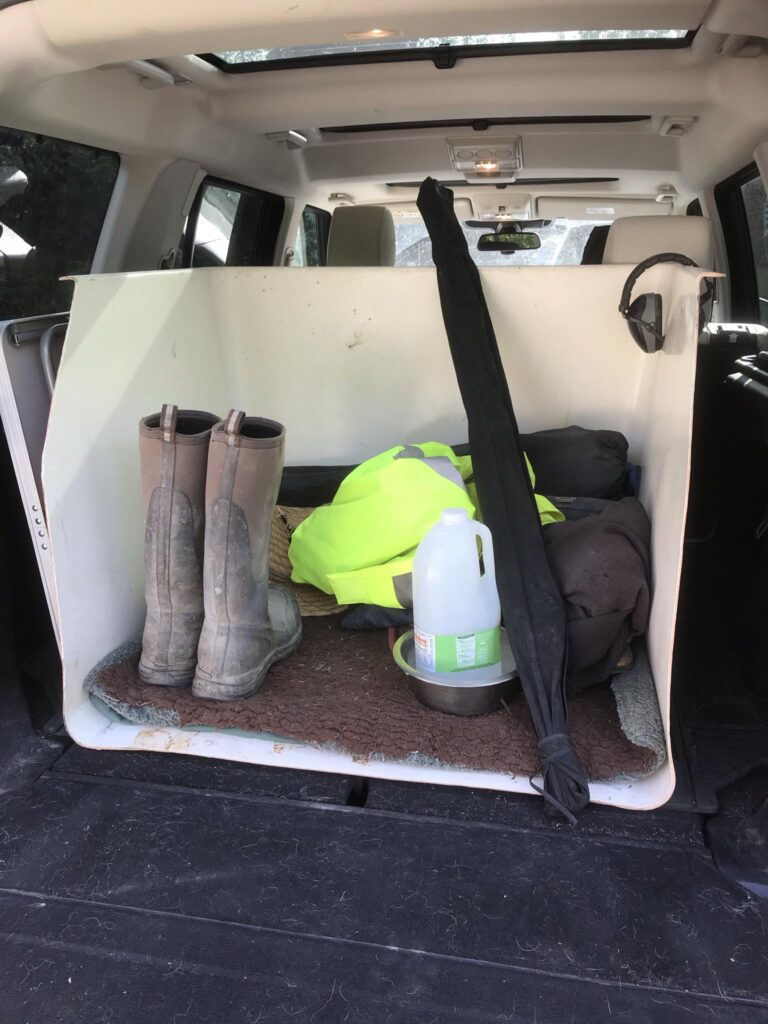
Home made Carrier
This is an old water tank with a side cut out. It works amazingly, not only offering security but alos stopping the huge amount of dog hair that usually builds up on the seats!
Avoiding Heat Stroke: Never leave your dog unattended in the car especially in warm weather. Even with the windows cracked the temperature inside the car can rise to dangerous levels quickly. Always take your dog with you when you leave the car or have a trusted person stay with them.
Fresh Air: Make sure your dog has access to fresh air throughout the journey. Use the air con to keep the car cool and well ventilated. Don’t let your dog stick their head out of the window as this can be dangerous and they can get injured from debris.
Long Journey – Made Comfortable
Planning Your Route: When planning to travel consider your dog’s needs and plan your route accordingly. Look for dog friendly rest stops and parks where you can stop. Avoid routes with long stretches of road with no places to stop.
Split the Trip: For very long trips consider splitting the trip with overnight stops at pet friendly hotels. This will give your dog a chance to rest and recharge and make the whole trip more enjoyable for both of you.
Keep Your Dog Comfortable: Make sure your dog has a comfortable place to sit or lie down during the journey. Use their favourite blanket or bed in their designated spot. Bring along familiar items with their scent to help them feel more relaxed.
A Stress Free Journey
Get Your Dog Ready: Before you set off on a long trip make sure your dog is exercised and has gone to the toilet. A tired dog will settle down and rest during the drive.
Watch for Signs of Stress: Keep an eye out for signs of stress or discomfort. Panting, whining, drooling or restlessness can mean your dog is anxious or car sick. If you see these signs, stop, let your dog stretch and relax and offer some water.
Positive Reinforcement: Reward your dog with treats and praise for good behaviour during the trip. Positive reinforcement will help create a positive association with car travel and reduce anxiety.
Dog Friendly Destinations and Activities
Dog Friendly Accommodation: When planning your trip look for dog friendly hotels, motels and vacation rentals. Many places now welcome pets and offer dog friendly amenities. Check pet policy and any additional fees before you book.
Dog Friendly Activities: Research dog friendly attractions and activities at your destination. Parks, beaches, hiking trails and outdoor cafes are often dog friendly. Check local regulations regarding dogs and leash laws.
Stay Active on the Road: Keeping your dog active during the trip is important for their physical and mental health. Plan activities your dog loves, walks, hikes or dog parks. Exercise will keep your dog relaxed and happy.
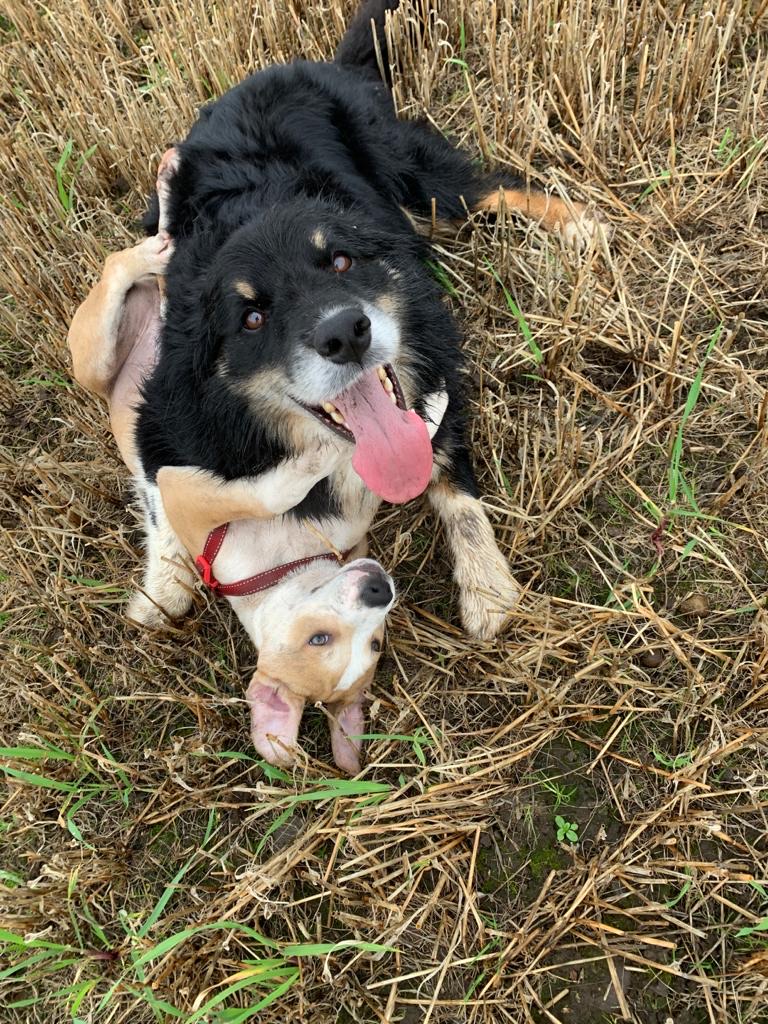
Creating Good Travel Experiences
Gradual Exposure: Gradually get your dog used to car travel by starting with short positive experiences. Take short trips to fun places like the park or a friend’s house to build positive associations with car travel.
Positive Reinforcement: Reward your dog with treats, praise and affection for good behaviour during car travel. Positive reinforcement will help reduce anxiety and make car travel more enjoyable for your dog.
Maintain Routine and Familiarity: Try to maintain your dog’s routine as much as possible during the trip. Bring their usual food, bowls and bedding to give them a sense of familiarity and comfort.
End
Traveling with your dog by car can be a blast if you’re prepared. Safety with seat belts, harnesses or trays, regular comfort stops and keeping your dog entertained with toys are key to a smooth trip.
Share your travel stories and tips with us on social media – we’d love to hear from you and may feature one of your pics on our stories!
Don’t let traveling with your dog be stressful. With these dog car travel tips you can ensure every trip is safe, comfortable and enjoyable for you and your furry friend. From short trips to long road trips the right preparation and gear makes all the difference.

